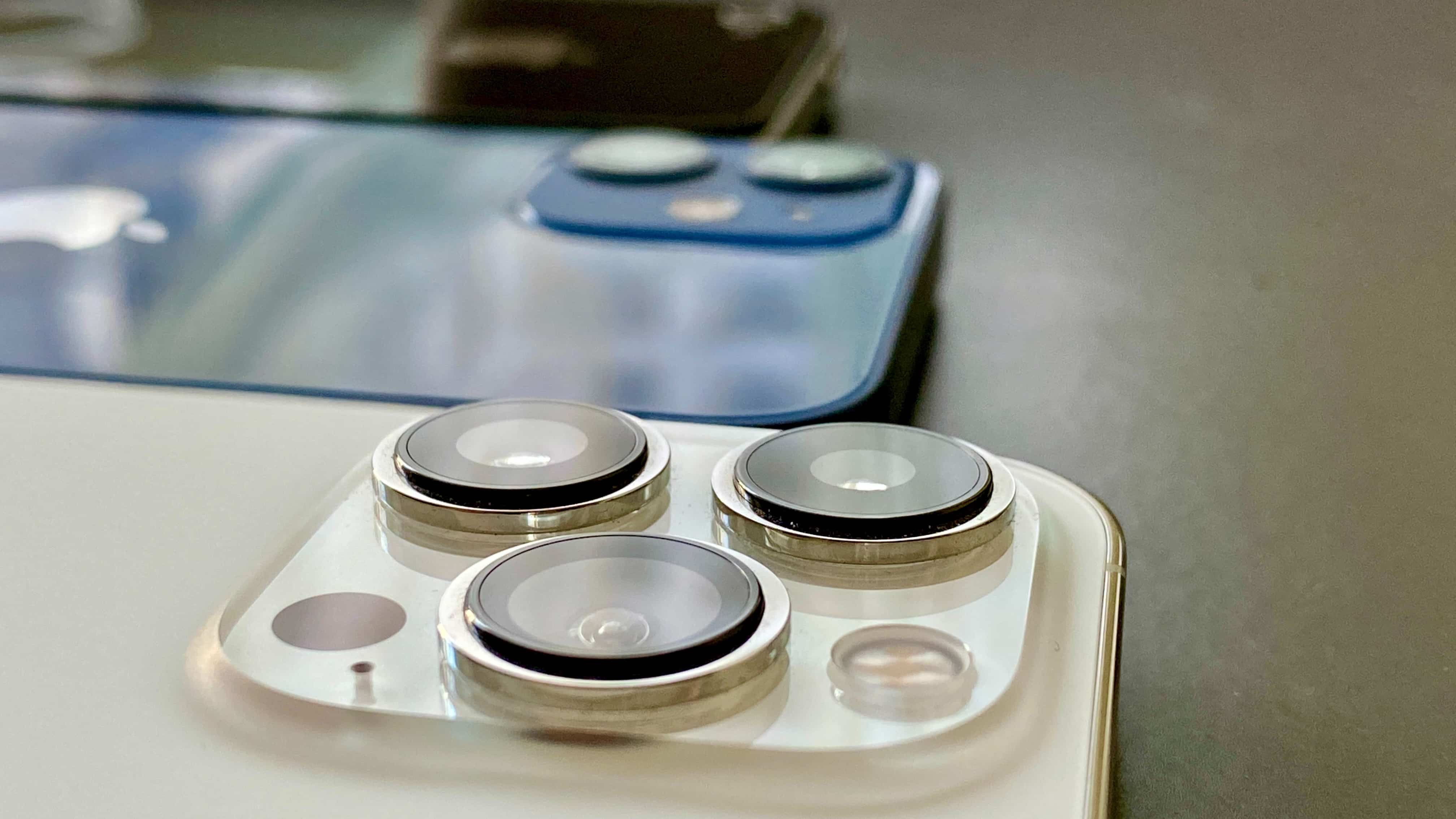Apple’s upcoming iPhone 16 Pro models should use a new coating material, making the lenses much less susceptible to lens flare, ghosting, haze, etc.

All tiny cameras are susceptible to unwanted imaging issues to a certain degree, including lens flares, ghosting and haze—your iPhone being no exception.
The Korean news aggregator account “yeux1122” reported on the Naver blog that the rear camera on the iPhone 16 Pro and iPhone 16 Pro Max models coning down the pike this year could use new optical coating to reduce such artifacts.
It claims that Apple is testing a new optical coating for camera lenses with anti-reflective properties that could reduce or eliminate ghosting, lens flares, etc.
Rumor: iPhone 16 Pros to use new lens coating to reduce imaging artifacts like lens flares, ghosting and haze
The account explains that the Cupertino company and its suppliers could achieve this by using atomic layer deposition equipment during lens manufacture.
“ALD involves depositing materials one atomic layer at a time onto a substrate, allowing for extremely precise control over thickness and composition,” MacRumors explained. “Its use allows manufacturers to apply very thin layers of materials onto semiconductor devices, including camera components.”
The article says this coating could also protect the lens system against physical damage. So far, Apple has used a sapphire coating for all iPhone lenses.
Apple will unveil the iPhone 16 and iPhone 16 Pro models this September.
The regular and Pro-branded models should be offered in new colors and have thinner bezels and bigger displays measuring 6.3 inches and 6.9 inches.
Why do lens flares and ghosting ruin some photos?
All smartphone cameras are prone to optical artifacts, the most common being ghosting and light streaks, known as light flares, that occur when a bright light reflects off the surfaces inside the camera module and onto the camera sensor.
A lens flare typically occurs when capturing an image with out-of-scene light sources. You can fix this by moving your iPhone slightly to change the position at which rays of light are entering the lens structure.
Another type of lens distortion is known as ghosting. It manifests as secondary images on your photos that usually appear opposite to a bright light source. To fix ghosting, change your shooting angle relative to the light source.